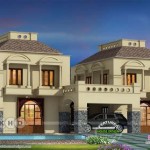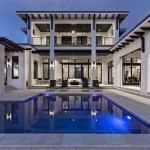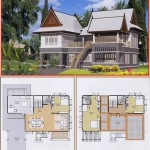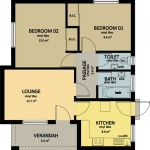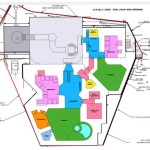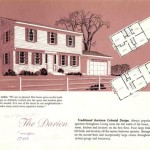Essential Aspects of House Plans for Cabins
Designing a cabin requires careful planning and consideration of its unique characteristics. The right house plan can enhance the functionality, comfort, and overall experience of your cabin retreat. Here are some essential aspects to keep in mind when choosing or creating house plans for a cabin:
Location and Environment
The location and surrounding environment significantly impact the design of your cabin. Factors to consider include topography, soil conditions, access to utilities, proximity to water bodies, and sunlight exposure. Selecting a plan that complements the site conditions ensures a harmonious and practical cabin.
Size and Layout
Determine the appropriate size and layout for your cabin based on the number of occupants, intended use, and available space. Consider the desired bedroom count, bathroom facilities, living areas, and kitchen size. A compact layout can maximize space utilization, while a more spacious plan may offer greater comfort and flexibility.
Functionality and Amenities
Cabins often serve as a place for relaxation and respite, so incorporating features that enhance functionality is crucial. Think about amenities such as fireplaces, decks or patios, mudrooms, storage spaces, and laundry facilities. These elements contribute to a comfortable and convenient living experience.
Energy Efficiency
With cabins often located in remote areas, energy efficiency is an important consideration. Choose house plans that incorporate sustainable design principles, such as passive solar design, insulation, and energy-efficient appliances. These measures can reduce energy consumption and minimize environmental impact.
Aesthetics and Style
The aesthetic appeal of your cabin is also important. Consider the architectural style that aligns with your preferences and the surrounding landscape. Common cabin styles include rustic log homes, cozy A-frames, and modern cabins with large windows and open floor plans.
Budget Considerations
Set a realistic budget for your cabin project and select house plans that fit within your financial constraints. Consider the costs of materials, labor, permits, and ongoing maintenance when evaluating different plans. A well-designed plan can help you stay within budget without compromising quality.
Professional Expertise
If you are not confident in your ability to create house plans, it is advisable to seek professional assistance. An architect or draftsperson can help you develop a customized plan that meets your specific needs and adheres to building codes. Their expertise can save you time, effort, and potential construction delays.

Small Cabin Plan With Loft House Plans

Cabin Style House Plan 3 Beds 2 Baths 1659 Sq Ft 47 437 Plans Lake Sims

Browse Floor Plans For Our Custom Log Cabin Homes House Home

Small Cabin House Plans With Loft And Porch For Fall Houseplans Blog Com

Small Cabin Floor Plan By Max Fulbright Designs

Cabin Floor Plans Authentic Log Cabins Clearwater Historic Lodge

10 Impressively Unique Cabin Floor Plans Adorable Living Spaces Rustic Small House Lake

Small Cabin Plans For Any Style Budget The House Designers

3 Bedroom 2 Bath Cabin Plan With Sundeck 1235 Sq Ft

Small Cottage House Plans With Modern Open Layouts Houseplans Blog Com

